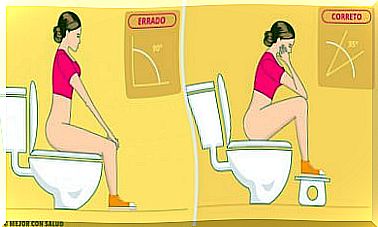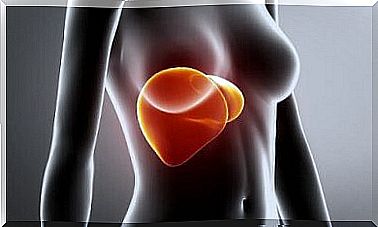Treatment After Corneal Transplantation
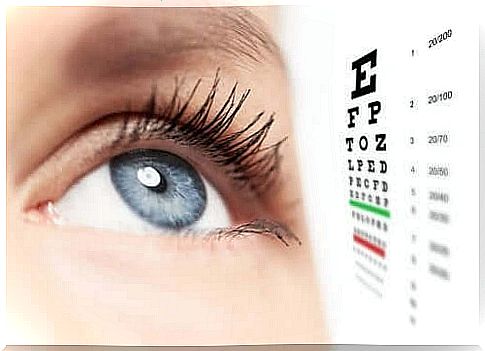
Corneal transplantation is a surgical procedure in which a damaged or diseased cornea is replaced with a cornea obtained from a donor. In this article, we will tell you what the treatment is like after a corneal transplant.
The main purpose of corneal transplantation is to improve the accuracy of a patient’s vision. In addition, the procedure is able to restore the corneal morphology and remove inflamed tissue that does not respond to drug treatment.
Corneal transplantation is the only treatment option for people with severely damaged corneas. However, this operation should only be performed when the inside of the patient’s eye, i.e., the retina and optic nerve, are still functioning properly. Some ailments that can damage the cornea include:
- Glaucoma
- Diseases of the optic nerve
- Retinal detachment
- Inflammatory condition inside the eye
- Serious infection inside the eye
Before we talk about the stages and aftercare of that surgery, you must first properly understand the eye structure in question: the cornea.
What is the Cornea?
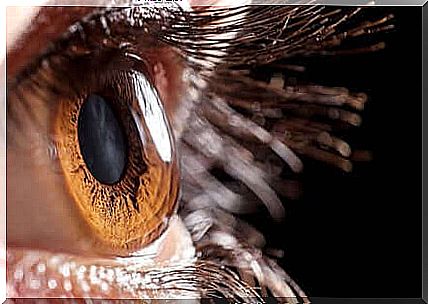
The eye contains a number of complex structures, including the cornea. This structure of the eye allows light to travel from the outside to the inside of the eye. It protects the iris and the lens, the other two eye structures.
The cornea has light-refracting properties, a transparent structure and a typical curvature that allows it to function:
- Eye Protection: It shares this function with the eyelid, orbit, tears and whites of the eyes.
- Focusing light rays and letting light into the eye.
Corneal transplantation: different types
There are two main forms of corneal transplantation:
- Traditional full-thickness corneal transplantation (also known as penetrating keratoplasty)
- Partial posterior transplantation (also known as endothelial keratoplasty)
The latter has become more common recently, as doctors prefer it to the former. Below we explain both in more detail.
1. Traditional corneal transplantation throughout its thickness
This is the only option in cases where all layers of the cornea are damaged. There is a major drawback to this, which is that the transplanted endothelium is the most significant rejection stimulus.
Treatment after such a corneal transplant
The recovery time after this procedure is relatively slow: it can take up to 12 months. However, most people notice an improvement in the first few days after surgery.
The stitches are removed during the first year. The ultimate accuracy of vision is not known until all sutures have been removed. The patient should undergo at least ten follow-up visits after surgery.
About 15% of patients have to wear contact lenses. 10% of them need a correction of the remaining astigmatism.
2. Rear surface partial transfer
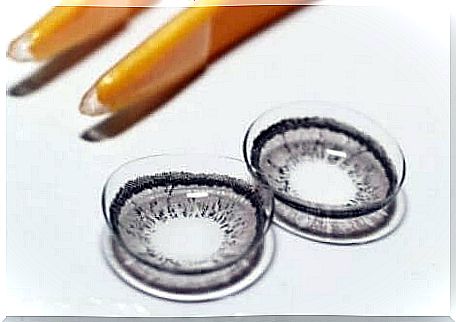
There are two different types of surgery in this process:
- Anterior. Used for corneal diseases that do not affect the endothelium. Examples of these diseases are keratoconus, i.e., conical corneal degeneration and corneal scarring.
- Endothelial transplantation. In this case, the damaged part of the cornea is replaced with healthy tissue from the donor. In this surgery, a much smaller incision is made that does not require sutures.
Treatment after corneal transplantation: other recommendations
Here are some tips to help make your recovery more efficient:
- Do not touch or rub the eye
- Do not drive, use machines, drink alcohol, or make any major decisions for at least 24 hours after surgery.
- Avoid activities that involve the risk of falling or falling or an increase in intraocular pressure – for example, avoid activities that require physical contact.
- Avoid dust and dirt.
- Follow your doctor’s advice carefully.
- Visit all follow-up visits after surgery.


